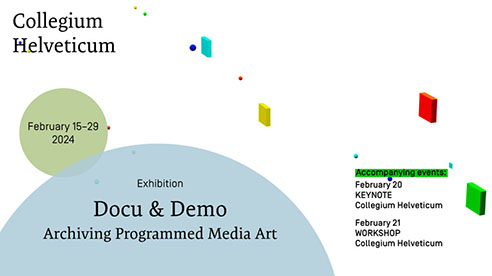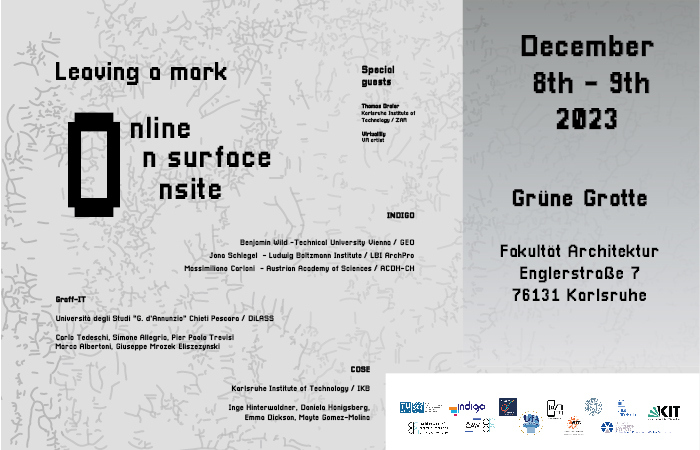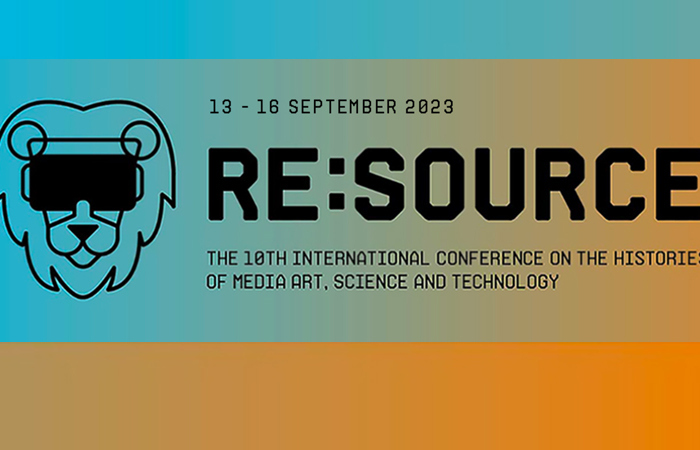Events
 |
February 15, 2024, 11:00–16:30 – February 29, 2024 The show addresses the question of how programmed media art can and should be documented, recorded, and discussed in the future. There are many different levels to consider. Social, aesthetic, reception-orientated, and technical components all come into play. If screenshots, video recordings, and short texts are not sufficient as forms of documentation (something that has not been scrutinized enough until to date) what should fill the archives instead or in addition? What are condensed forms of knowledge transmission? What about model building in the humanities? Inge Hinterwaldner and her interdisciplinary research teams Browser Art and Coded Secrets (COSE) are exhibiting the outcomes of three different experiments. They resulted in three types of “models” that serve heuristic, epistemic, and communicative purposes, in this case primarily in art history. With these epistemic formats they pursue methodologically new territory for documenting and presenting complex programmed and interactive artworks. Each of the exhibits is the fruit of in-depth analytical inquiries into one single artistic piece. They mark steps in the evolution of their humanistic methods repertoire. In addition to these models, the corresponding three online artworks are presented. This juxtaposition should make it possible to critically discuss what transformation the work has undergone through humanities’ analysis. This way the visitor can see and decide for herself whether or how the analytical artifacts help in understanding and grasping some important features. |
 |
December 8th - 9th, 2023 A visual marking of a territory or an event, messages left indicating “this is my hand”, “this is my name”, “this is how far I got” can be found throughout the millennia and in a variety of cultures. The contexts vary as well as the means for the inscriptions. They can be sharp slate pencils leaving tiny comments on wall paintings, aerosol sprays covering whole trains or typed messages in computer code. In most cases, graphein/graffiare happens manually, be it in direct contact with the substrate, at a close distance, or remote with a keyboard. Each time it is a situated practice, reacting to an existing cultural setting, often emphasizing the site specificity, imagining audiences. These communicative gestures are embedded in larger cultural settings from which they draw their strength, motivation, legitimacy, virtuosity or subversive power. And to which they contribute a further layer of signification. They may allow glances into long forgotten past practices. They may open the eyes and empower for alternative channels of messaging. |
 |
September 13, 2023 – September 16, 2023 The 10thInternational Conference on the Histories of Media Art, Science and Technology – RE:SOURCE – will celebrate Media Art Histories and the role that its main agents have had in the multiple developments of art, science and technology with a focus on the past 60 years. |
